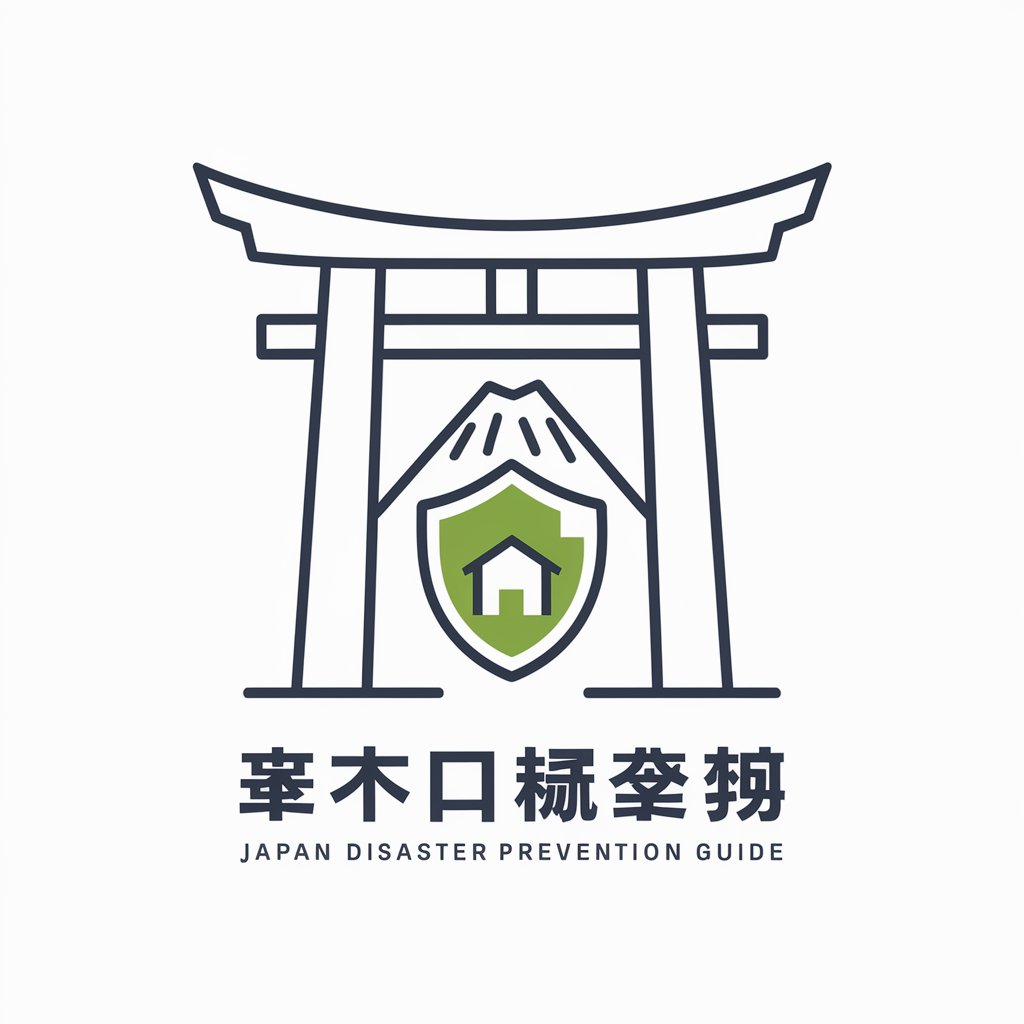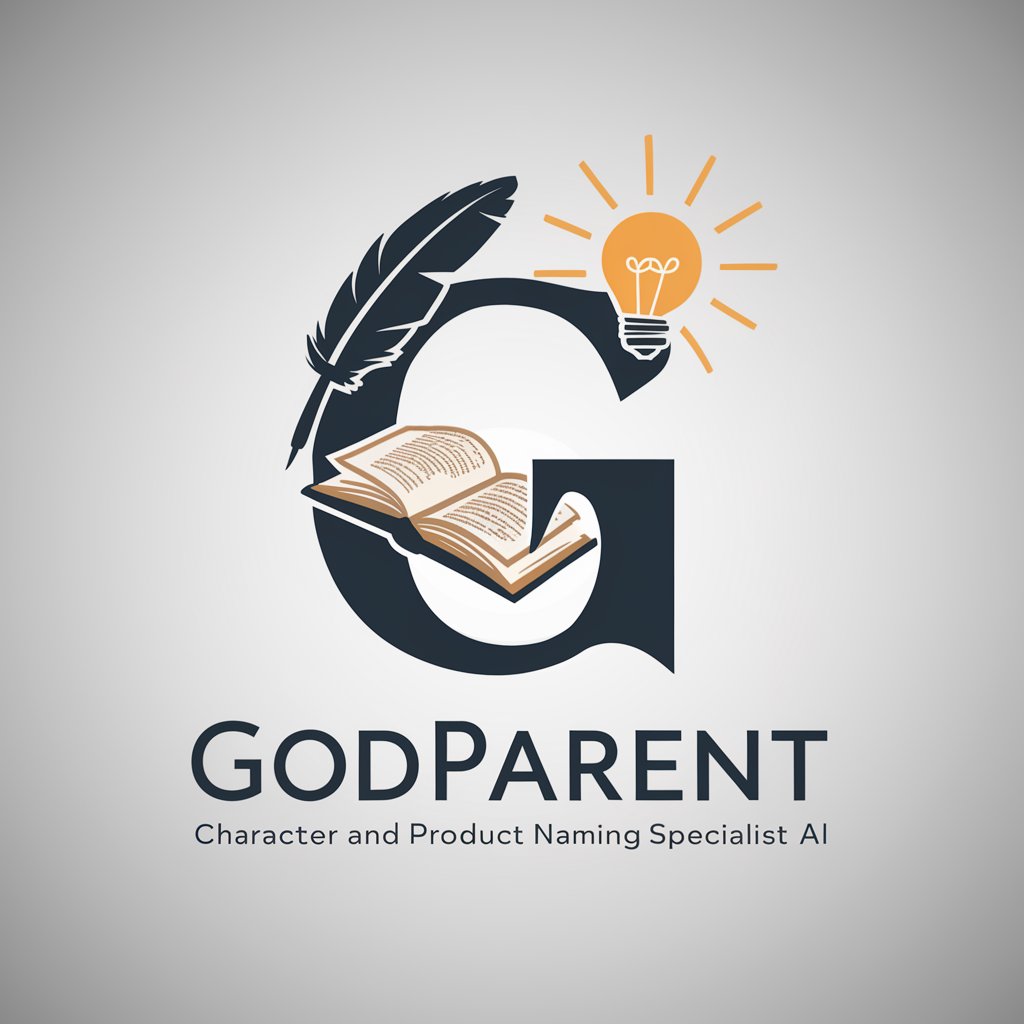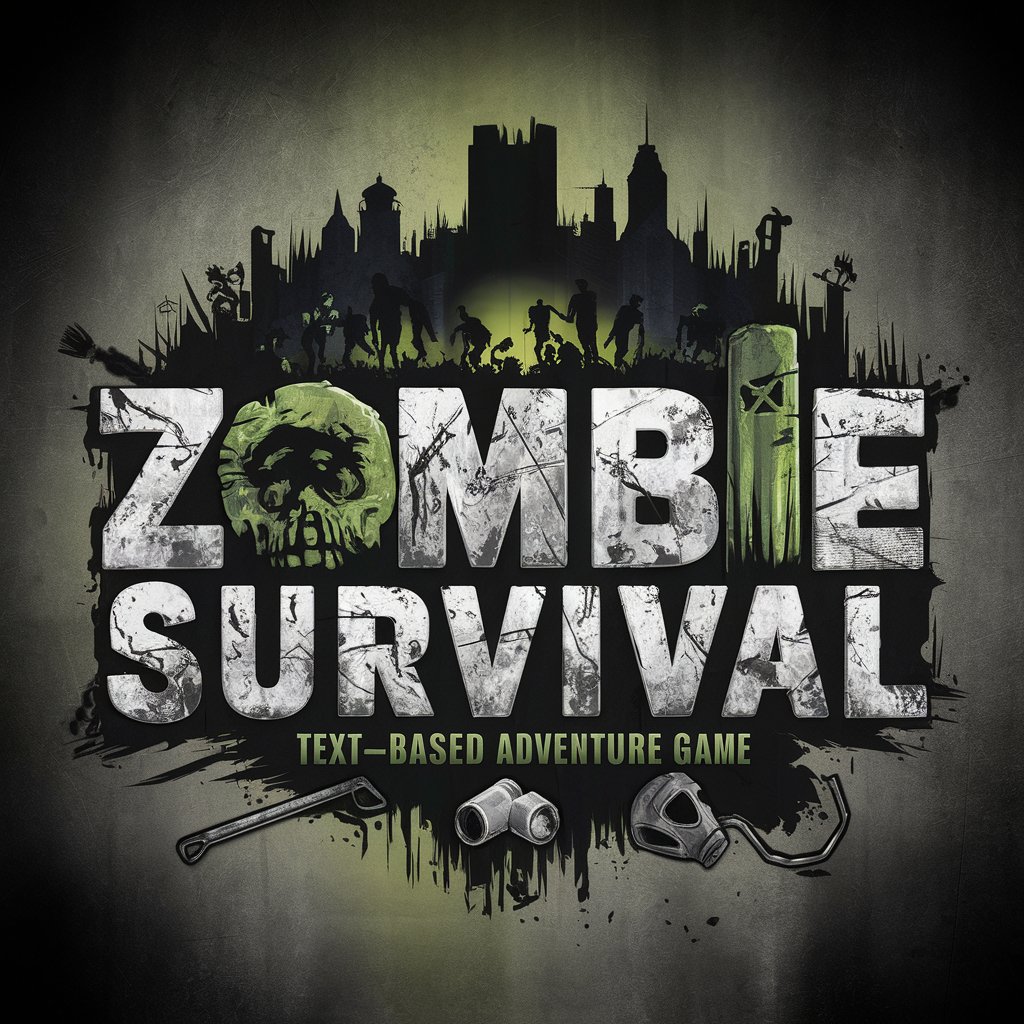日本災害予防ガイド(Japan Disaster Prevention Guide) - Disaster Preparedness Tool

Welcome! Let's ensure you're prepared for any disaster in Japan.
AI-Powered Disaster Readiness at Your Fingertips
What are essential items to prepare for an earthquake in Japan?
How can I find the nearest evacuation center in Tokyo?
What steps should I take to prepare for a typhoon?
Can you provide a checklist for tsunami preparedness?
Get Embed Code
Overview of 日本災害予防ガイド (Japan Disaster Prevention Guide)
日本災害予防ガイド (Japan Disaster Prevention Guide) is a specialized tool designed to provide comprehensive information and advice on disaster preparedness and response in Japan. Its primary purpose is to offer guidance on preparing for various natural disasters such as earthquakes, typhoons, and tsunamis, which are common in Japan due to its geographical and climatic conditions. The guide integrates detailed information about disaster prevention measures, evacuation procedures, and essential items for disaster preparedness. An example scenario includes offering step-by-step guidance on securing a home against an approaching typhoon, including specific measures such as reinforcing windows and securing outdoor items. Powered by ChatGPT-4o。

Key Functions of 日本災害予防ガイド
Disaster Preparedness Advice
Example
Providing a checklist for earthquake preparedness kits.
Scenario
In an earthquake-prone area, a user receives a list of essential items to include in their emergency kit, such as water, non-perishable food, first-aid supplies, and a flashlight.
Evacuation Information
Example
Identifying nearest evacuation centers during a tsunami warning.
Scenario
When a tsunami warning is issued, the guide provides the user with the locations of the nearest evacuation centers, including the safest routes to reach them.
Real-Time Disaster Updates
Example
Alerts and updates during an ongoing typhoon.
Scenario
During a typhoon, the guide offers real-time updates and safety advice, such as when to stay indoors and how to deal with potential flooding.
Target User Groups for 日本災害予防ガイド
Residents in Disaster-Prone Areas
Individuals living in areas frequently affected by earthquakes, tsunamis, or typhoons, who need regular, updated information on how to prepare for and respond to these events.
Tourists and Temporary Visitors
Visitors to Japan who may not be familiar with the local disaster preparedness protocols and require immediate, accessible guidance in case of emergency.
Disaster Response Teams and Local Authorities
Professionals involved in disaster management and response who can use the guide for coordinated efforts and sharing vital information with the public.

Using Japan Disaster Prevention Guide
Initial Access
Visit yeschat.ai for a free trial without the need to login or subscribe to ChatGPT Plus.
Select Disaster Type
Choose the type of disaster you want information on, such as earthquakes, typhoons, or tsunamis.
Retrieve Preparedness Information
Access detailed guidelines on disaster preparedness, including safety measures and essential items.
Locate Evacuation Sites
Use the guide to find nearby evacuation sites and routes specific to your current location in Japan.
Stay Updated
Regularly check for updates on impending disasters and new safety protocols to stay informed and prepared.
Try other advanced and practical GPTs
Godparent
Crafting Names with AI-Powered Creativity

Homie
Unlock Creativity with AI

Satoru Gojo
Unleashing AI-Powered Strategic Insights

Zombie Survival
Survive the Apocalypse with AI-Driven Adventures

Not Hotdog
Identifying Hotdogs with AI Precision

IMG X Post Generater
Craft Tweets That Resonate, Powered by AI

A Club Penguin Mystery
Unravel Mysteries, Penguin-Style!

Professor GPT
Learn, Laugh, and Leap Forward with AI

Tinder Love Navigator
Navigating Love with AI Insight

ゆりえ
Unlock Imagination with AI

Dinoth
Empowering Conversations, Inspired Growth

記事構成案作成ウィザード
AI駆動の記事構成最適化ツール

FAQs about Japan Disaster Prevention Guide
What types of disasters does the Japan Disaster Prevention Guide cover?
It provides information on various natural disasters like earthquakes, typhoons, tsunamis, and other potential calamities in Japan.
How can I find the nearest evacuation site using this guide?
The guide offers a feature to locate the nearest evacuation sites and safest routes based on your current location in Japan.
Does the guide offer real-time updates on disasters?
Yes, it provides real-time updates and alerts on impending disasters, helping you stay informed and prepared.
Can I get a list of necessary items for disaster preparedness?
Absolutely, the guide includes comprehensive lists of essential items for different types of disasters, such as food supplies, medical kits, and safety equipment.
Is there a language option for non-Japanese speakers?
Yes, the guide offers multiple language options, making it accessible for both Japanese speakers and international users.
